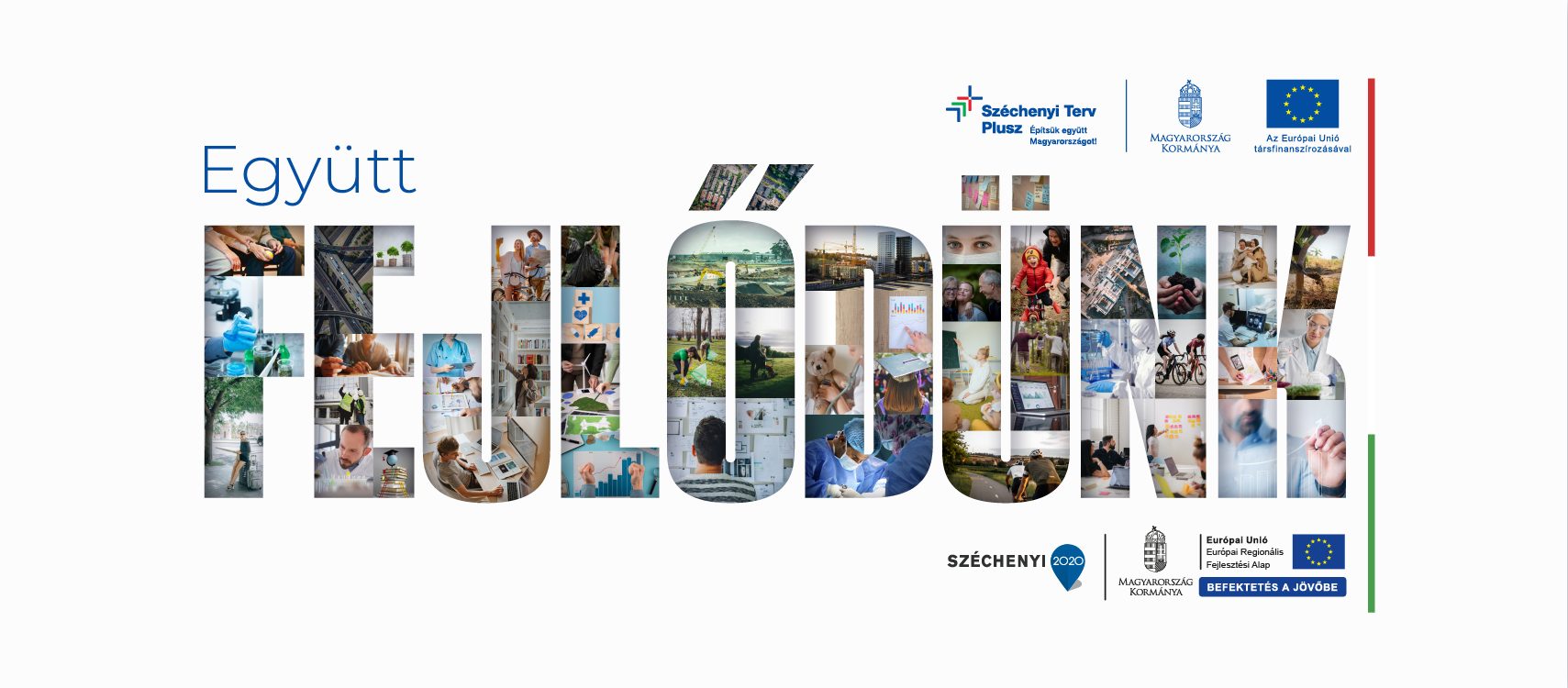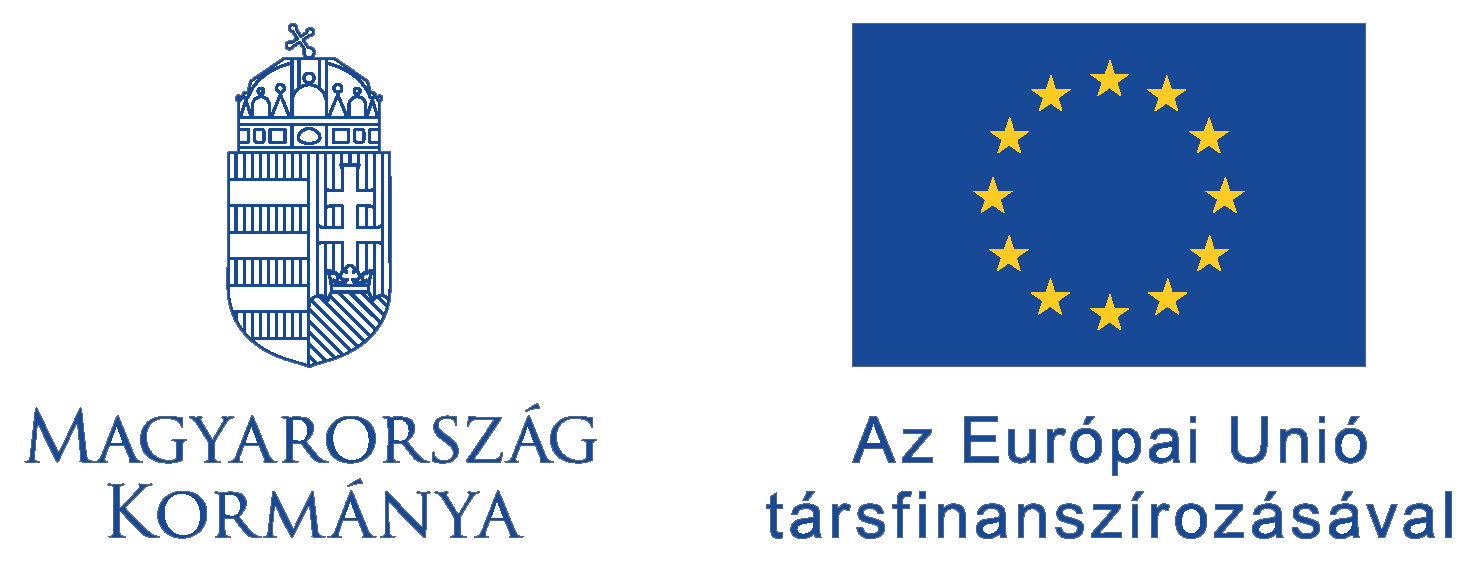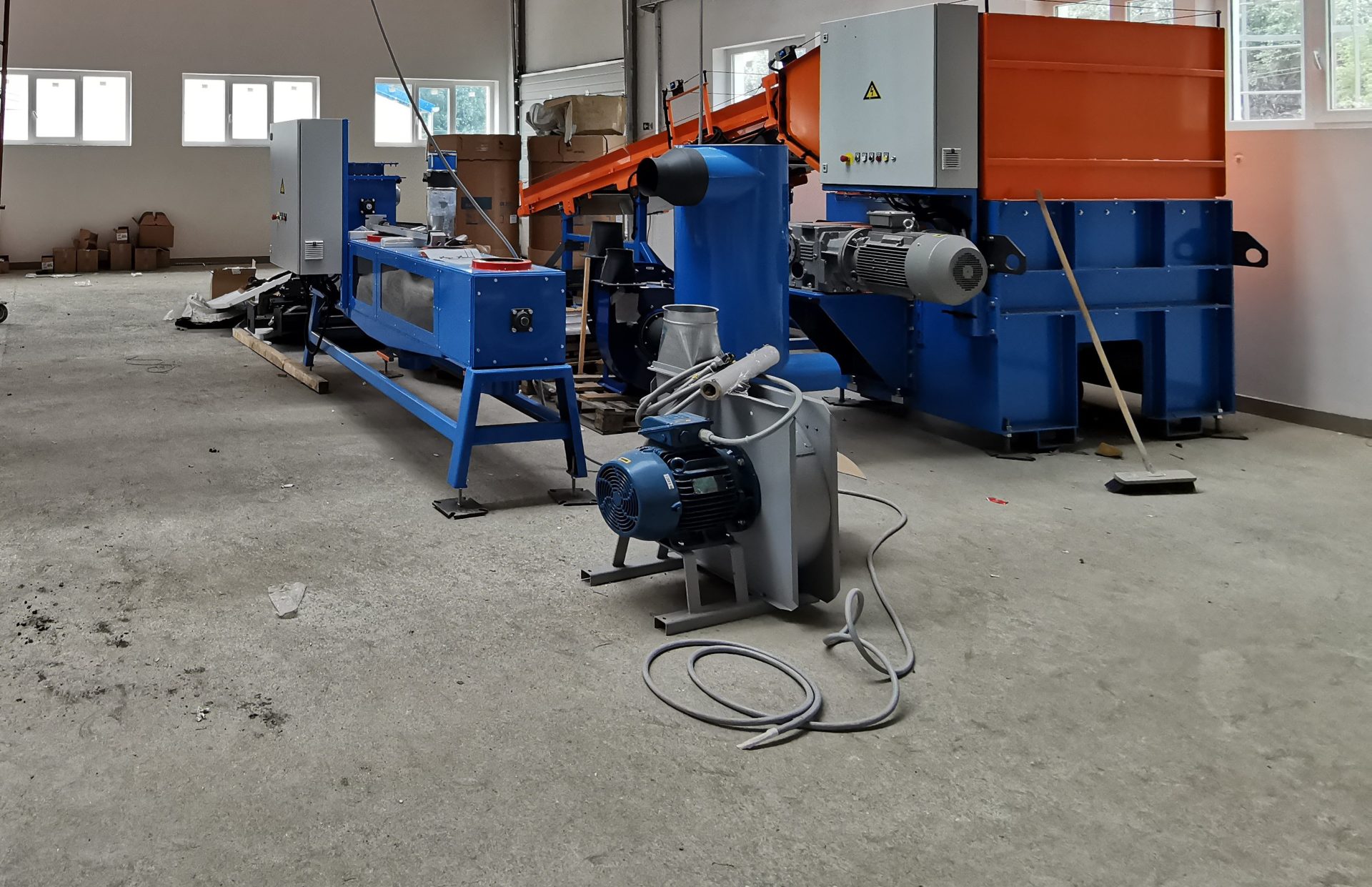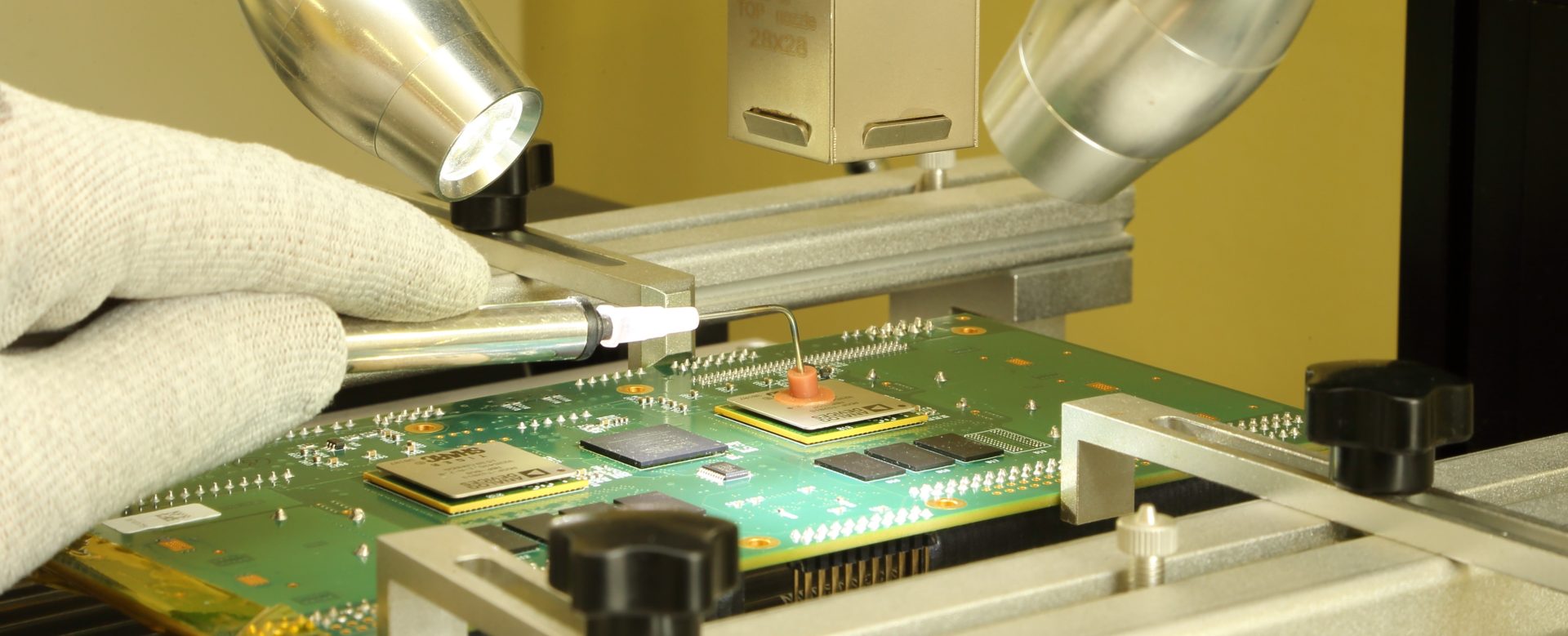The Szolnok Vocational Training Centre, boasting 11 institutions and 25 locations, has made significant strides in education and equipment development. Thanks to the “Closer to School – Closer to Life” (“Közelebb az iskolához – közelebb az élethez”) project, the institution successfully reduced the number of early school leavers. The results of the project, implemented during the seven-year EU funding period from 2014 to 2020, contribute to the development of the national economy and the enhancement of Hungary’s competitiveness.
Currently, about 6,000 students are enrolled in the Szolnok Vocational Training Centre, and nearly a thousand professionals work there. The educational centre pays special attention to reducing the dropout rate of unqualified students and supporting their students. Thanks to the European Union grant, the institution modernised its equipment and teaching methods, acquiring information and communication technology (ICT) tools as part of the investment. In addition, they provided further training for teachers, creating opportunities for methodological renewal and the development of teaching techniques. These developments contribute both to motivating students and to the efficiency of teachers’ work.
With the establishment of so-called Digital Community Workshops (“Digitális Közösségi Alkotóműhelyek”), career orientation came to the forefront, where students can freely use the equipment park: the laser cutter, the 3D printer, and the possibilities of robotics. Additionally, the institutions contributed to maintaining students’ interest and active community participation by starting clubs and community-building programs.
Mentoring also played an important role, aimed at strengthening students’ attachment to school. During this, students received personalised support for their studies and developed in a friendly, helpful atmosphere. Orientation camps (freshers’ camps), community-building excursions, sports events, and cultural activities all contributed to creating a sense of belonging.
The project aimed to reduce dropout rates by five percent, a goal that was successfully achieved; in fact, as a result of the developments, academic performance improved by three percent.
Watch the short film about the project:
The program was made possible through European Union funding, thanks to the EDIOP-6.2.3-17-2017-00036 project.
You can learn more about the project in the supported project search: Details








